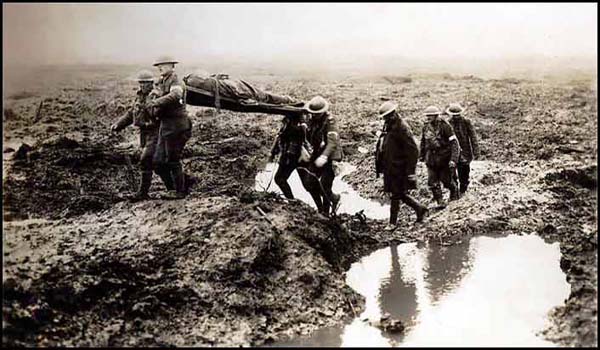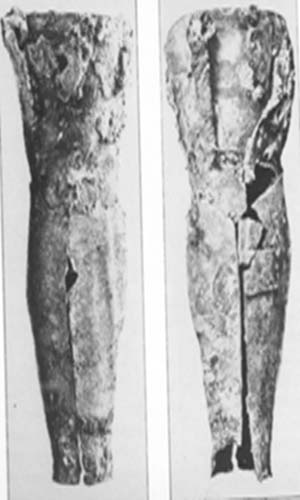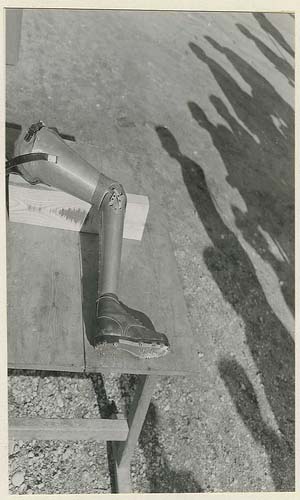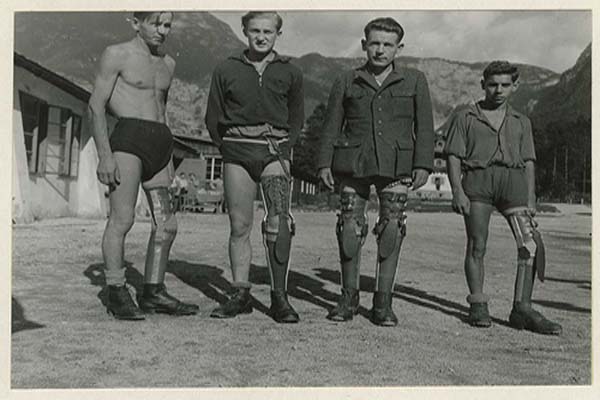
The end of the First World War in 1919 marked a turning point in the history of disability for Western Europe and America. For the first time in modern history, thousands of soldiers were returning to their homes missing limbs. Yet in the minds of Americans, there existed a fundamental difference between the disabled, those born with a physical handicap, and the “mutiles de guerre,” those maimed by war.
Herein lies the foundation for Hughes’ second thesis: that “disability is not a medical or personal problem but a set of physical and social barriers that constrain, regulate, and discriminate against people with impairments.”
Whereas those war veterans who returned were treated with respect and privilege, the handicapped were still deemed somehow invalid. Stiker explains this seeming hypocrisy by making the distinction between impairment and disability. His argument suggests that impairment is the notion of a body incapable of functioning in society, and disability the notion of a person incapable of functioning in a society.
This hypothesis speaks to Hughes’ understanding that disability is anchored in social boundary, not physical one. He goes so far as to propose: “if impairment was the opposite of disability, and disability was socially constituted, then impairment must be biologically constituted.”


It is at this point in history that America is introduced to the very notion of the prosthesis. While the earliest evidence for the wheelchair dates back to 6th century China, the concept of the prosthesis- the use of a thing to replace a missing part of the body, begins here. However, there is much more to the prosthesis than initially conceived, as addressed in one of Stiker’s theses:
Prosthesis is not only the pieces of wood, iron, now plastic that replace the missing hand or foot. It is also the very idea that you can replace. The image of the maimed person and of the society around him becomes prosthetic. Replacement, re-establishment of the prior situation, substitution, compensation – all this now becomes possible language. – Henri-Jacques Stiker, History of Disability
With these themes in mind, we must now consider how the prosthesis revolutionized the social attitude towards the disabled.

Back to The Wheelchair Table of Contents
